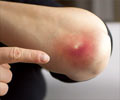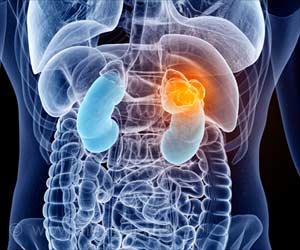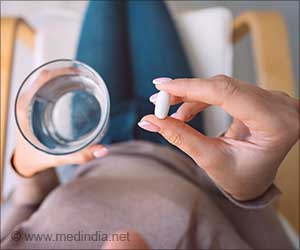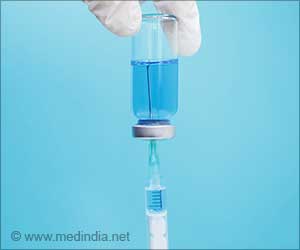Widespread and occasional use of antibiotics plays more role in causing resistance when compared to repeated use by small fraction of the population

‘Number of people using antibiotics matters more than the amount the people are using in causing resistance’
Read More..




"We know that efforts to reduce inappropriate use of antibiotics are critical to addressing the problem of antibiotic resistance. We wondered whether every antibiotic prescription contributes equally to resistance, and whether, as some previous research has suggested, the most effective way to minimize antibiotic resistance would be to focus on the small fraction of people who use most of the antibiotics," said Yonatan Grad, Melvin J. and Geraldine L. Glimcher Assistant Professor of Immunology and Infectious Diseases and senior author of the study.Read More..
"Our results show that most antibiotic use is occasional--by people taking just one antibiotic course in a year--and that this occasional use is more closely linked with antibiotic resistance than intense, repeated use."
The study was published online in eLife. It is the first to take a population-wide look at the link between distribution of antibiotic use and resistance to those antibiotics.
Antibiotic resistance has risen to dangerously high levels in recent years, spurred by over-prescription and overuse. Infections such as gonorrhea, tuberculosis, and foodborne diseases are becoming harder, and sometimes impossible, to treat as antibiotics become less effective, according to the World Health Organization (WHO).
In the new study, researchers sought to home in on how the distribution of antibiotic use impacts antibiotic resistance. They used data sources that allowed them to simultaneously analyze antibiotic use and resistance for an unprecedented number of antibiotics and pathogens.
Advertisement
They then compared that data with information from 2012 to 2015 from ResistanceOpen, which tracks antibiotic resistance across the U.S. To determine if rates of antibiotic use for a particular drug correlate with rates of antibiotic resistance against that drug, the researchers looked at 72 pairs of antibiotics and bacteria across the U.S.
Advertisement
However, when breaking down total use of antibiotic into occasional, low-intensity use by many people versus intense use by a few people, they found that the occasional, low-intensity use was more closely associated with rates of resistance.
"Our findings suggest that combatting inappropriate antibiotic use among people who don't take many antibiotics may be just as important, or more important, to fighting resistance than focusing on high-intensity users," said lead author Scott Olesen, postdoctoral fellow in the Department of Immunology and Infectious Diseases.
"More antibiotic use generally means more antibiotic resistance, but it seems like the number of people taking antibiotics might matter more than the amount they're taking."
Source-Eurekalert












